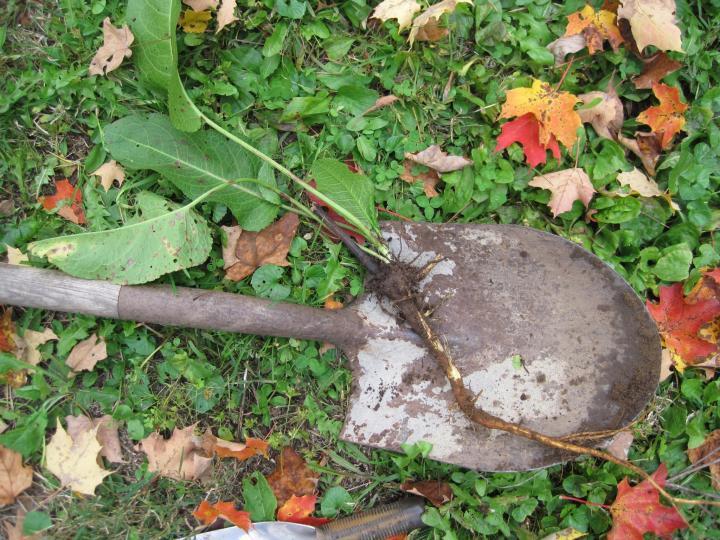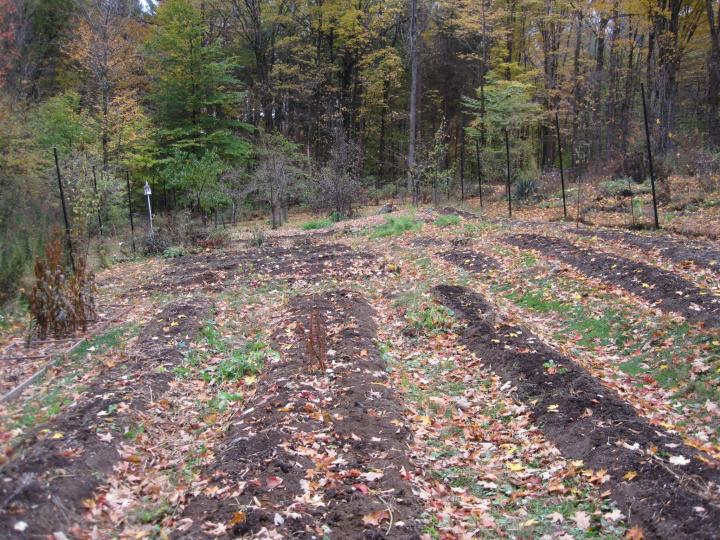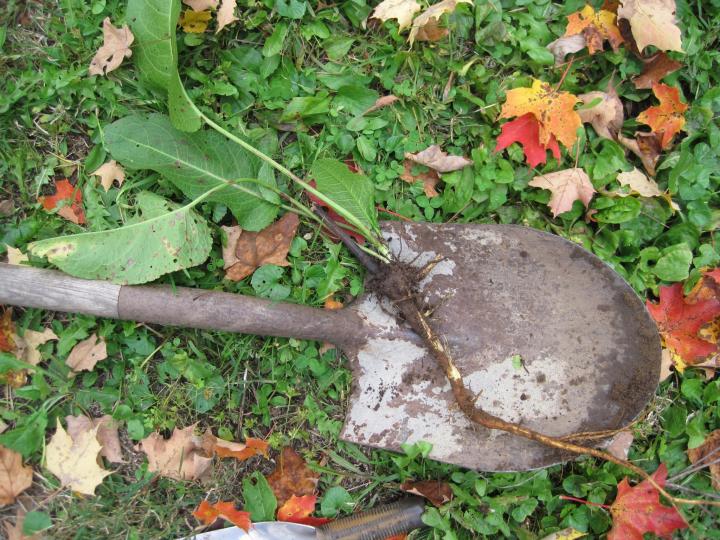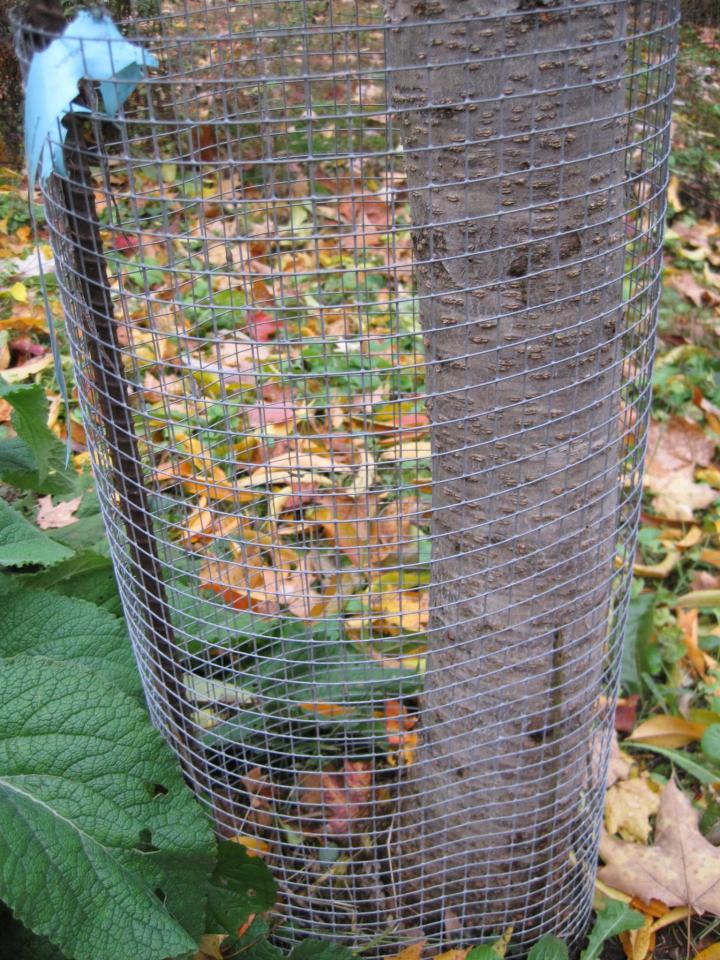 Robin Sweetser
Robin Sweetser
We finally got a killing frost in mid-October, almost a month later than usual, giving us a good long growing season this year.
Even tender vegetables such as beans, cukes, radishes, lettuce, bok choy, and squash that were planted after the garlic was harvested in late July had time to mature and gave us a second taste of spring before the temperatures plummeted.

Time to clean it all up and get ready for next year.
- Many of next season’s problems can be avoided by careful fall cleanup. Any spent plants should be removed. If they had bugs or were diseased, get them off your property. You don’t want to add anything to your compost pile that could harbor diseases or insects.
- Just one weed left to mature can produce hundreds, if not thousands of seeds, that will grow into weeds to plague you next year, so weed the garden one last time.

I have been digging perennial weeds such as dock—whose roots go down to China—out of the flower beds. The holes left behind are perfect spots to plant spring-flowering bulbs. Bye-bye noxious weeds, hello spring color!
- Fall is a great time to create new planting beds. No digging necessary! Just set your mower as low as it will go and scalp the grass, then cover the area with a thick layer of newspapers. Cover the papers with a layer of compost and top it all off with lots of chopped leaves. In the spring you’ll have a lovely new planting bed full of worms.
While the mower is out, mow around the fruit trees one last time to discourage mice from nesting there.

- Install mouse guards made of fine mesh hardware cloth around the base of your fruit trees to keep mice and voles from eating the bark and killing the trees over the winter.
- If you haven’t already done so, now is the time to make a note of what plants were grown where in your vegetable garden. Don’t rely on your memory! This will help in planning next year’s planting. It is never good to grow plants in the same family in the same place year after year. Not only does it allow pests and diseases specific to that family to become entrenched, it also depletes the soil of the same nutrients each year.
- While we are talking nutrients, fall is a great time to get your soil tested. Take a representative sample by mixing scoops of soil from several beds located around the garden instead of from just one spot. Armed with the recommendations from the test, you can apply the right amounts of the proper amendments this fall so they will have time to break down and be available to your plants next spring. No guess work or expensive mistakes!
Taking the time to do a few last fall chores will get the garden ready for next year.
~ By
Robin Sweetser
About This Blog
Get inspired by Robin Sweetser's backyard gardening tips. Robin has been a contributor to The Old Farmer's Almanac and the All-Seasons Garden Guide for many years. She and her partner Tom have a small greenhouse business and also sell plants, cut flowers, and vegetables at their local Farmer's Market.






 Robin Sweetser
Robin Sweetser


